Overview
Our sharpening service will provide a good serviceable edge on the blade. The result is typically “very sharp” with a small secondary bevel and a bit of an “apple seed” profile. The resulting edge is somewhat dependent on the particular blade. Some blades will take and hold sharper edges than others and the thickness of the blade will determine how wide the bevel will need to be. We adjust the angle of the edge to suit the specific blade and attempt to get as close to a bevel-less edge as possible without marring the surface of the blade.
The Sharpening Process
The sharpening service is done with a belt sander. The process involves many passes with sanding belts of various grits. The blades are rested between passes to prevent them from becoming hot and damaging their temper. By default we will sharpen as much of the blade as possible including any false edges if appropriate. If you have a different preference, feel free to make that request in the special instructions at check out. We can sharpen only the last half or third of an edge, for example. Our sword sharpening expert has personally sharpened several thousand swords at this point, so will provide you with a professional service.
What the Service is Not
The resulting edge will be “sword sharp” not razor sharp. Our goal is to provide you with a usable edge for cutting practice that will hold up to some use and not require constant re-sharpening. In other words, we intend to provide you with a serviceable weapon, not a personal grooming implement. The service will not provide a completely bevel-less edge. To create that type of edge will necessarily scratch up the blade surface and we lack the machinery and time to provide a full re-polishing of a blade’s surface. A service of that nature would be significantly more expensive as a great deal more time would be required. We do not offer this type of service at this time.
Disclaimer
We make no guarantee that the resulting edge will meet with your expectations. Every blade is different and some will take and hold a sharper edge than others, due to the blade material, heat treatment or geometry. Some customers can also have incorrect assumptions about sword sharpness and improper expectations as a result. All we can say for sure is that the resulting edge will be sharper than the default edge, in most cases, significantly so. We can not provide any refunds for the service once it has been completed, so consider it to be provided “as is”. That being said, if you are unhappy with the product for any reason, we do still allow you to return the item for a full refund, including the sharpening costs under our normal return policy. This does not apply to special sharpening requests, for example if we sharpen something specially for you that does not normally list that option on our site. The vast majority of our customers are happy with the results of the service, so as long as you keep the above mentioned in mind, we are confident you will be pleased with the results as well.


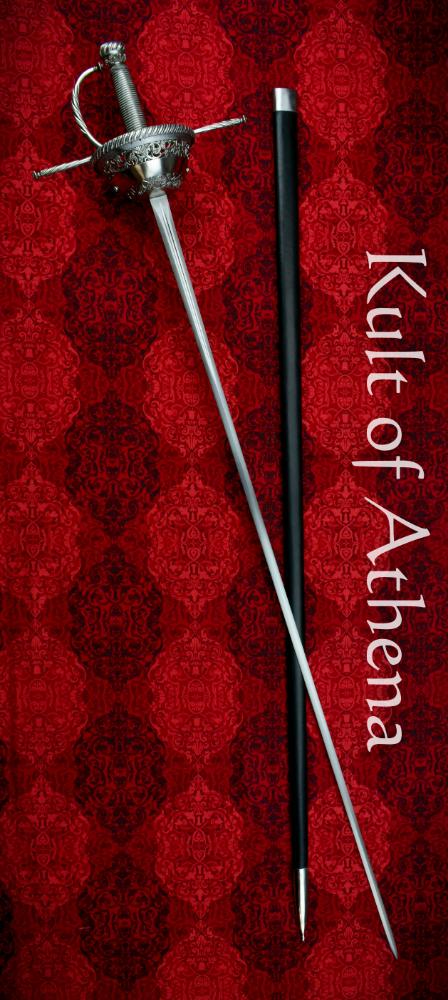
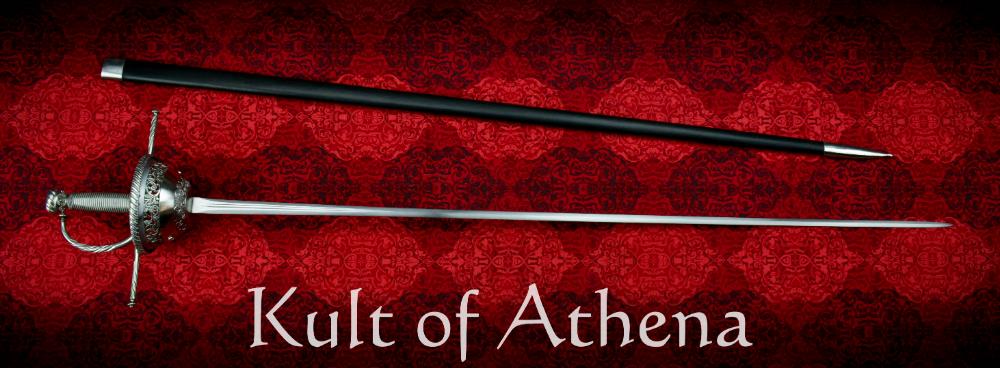
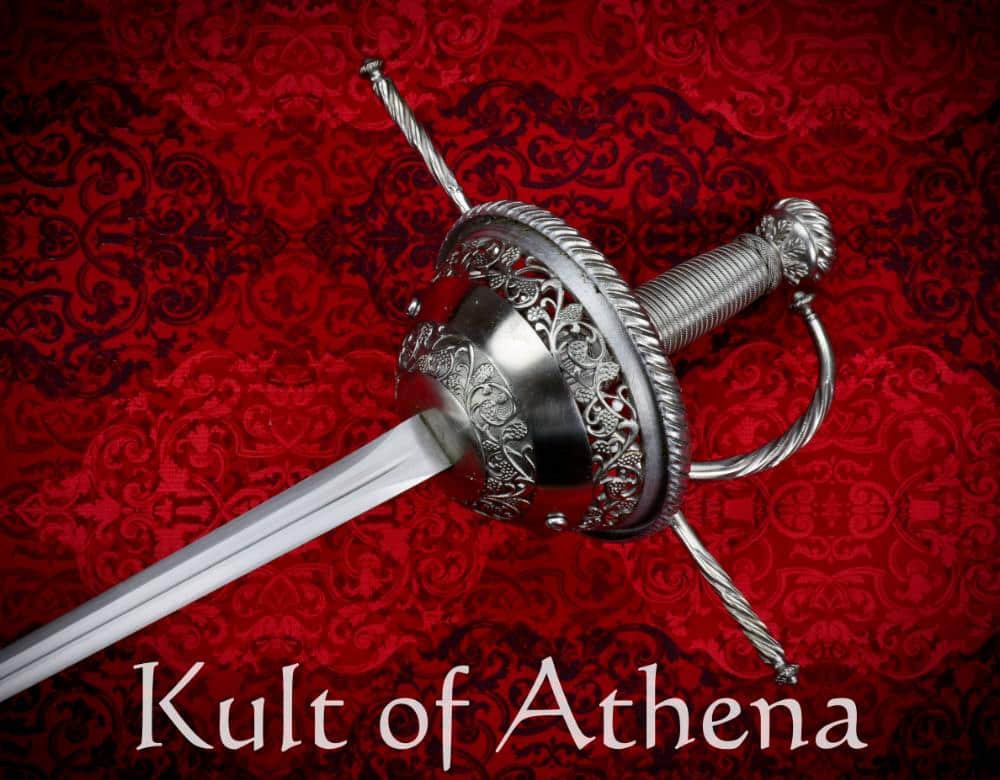
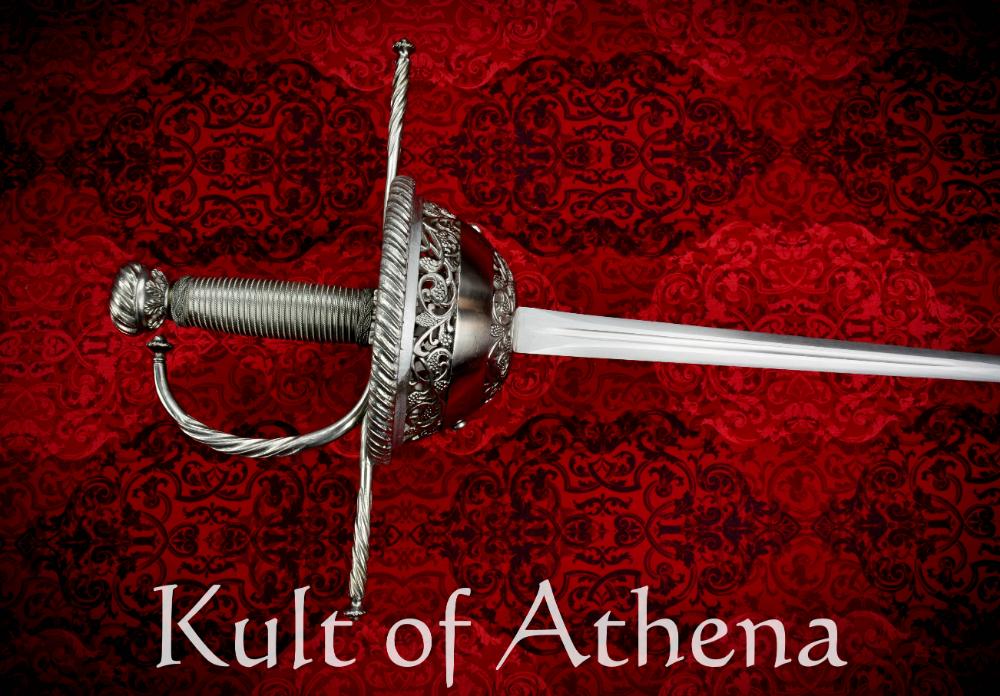
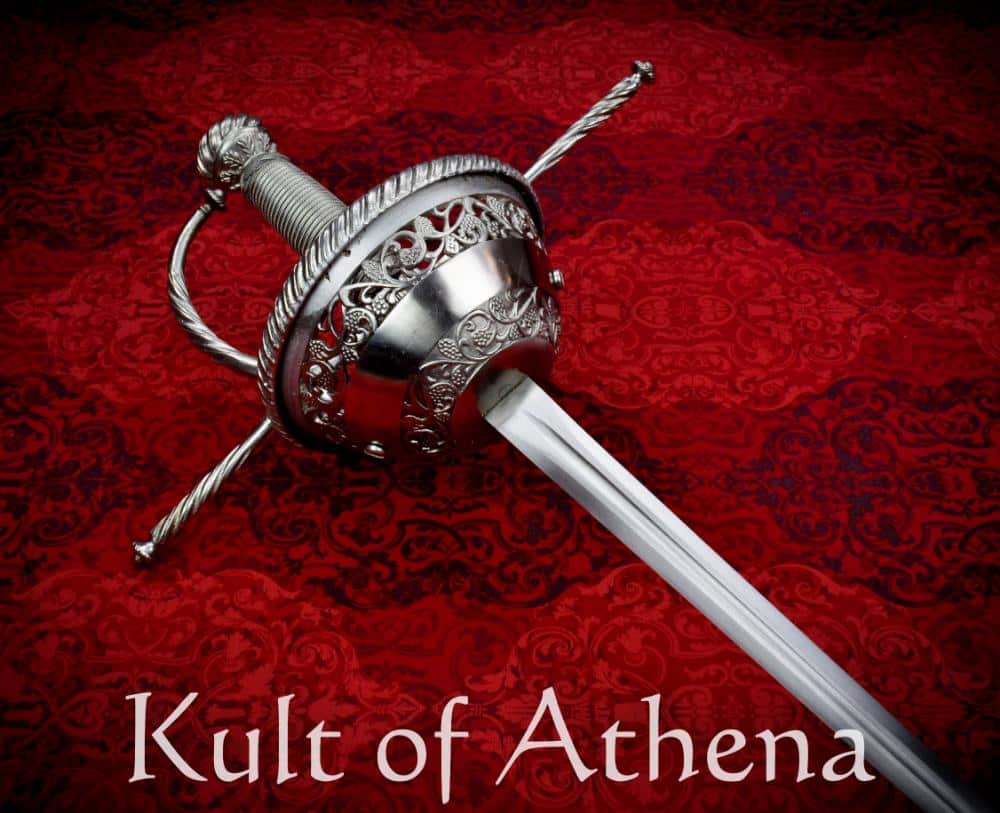

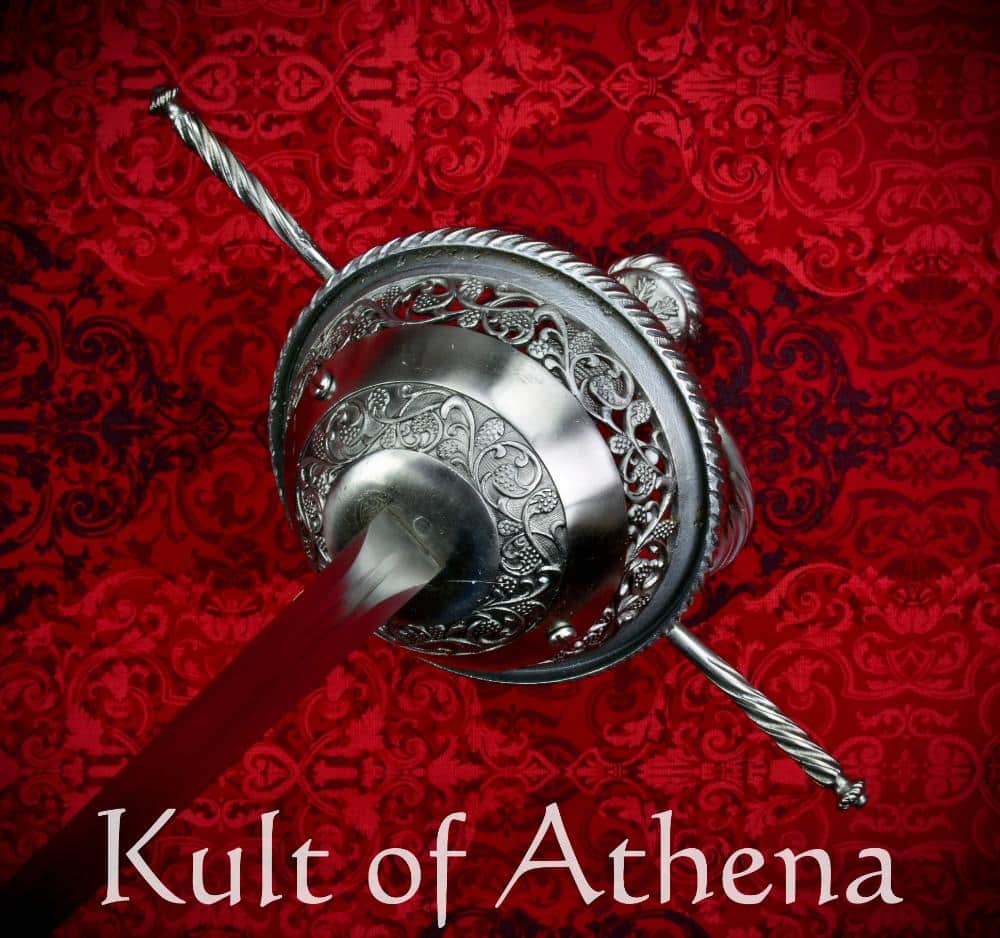

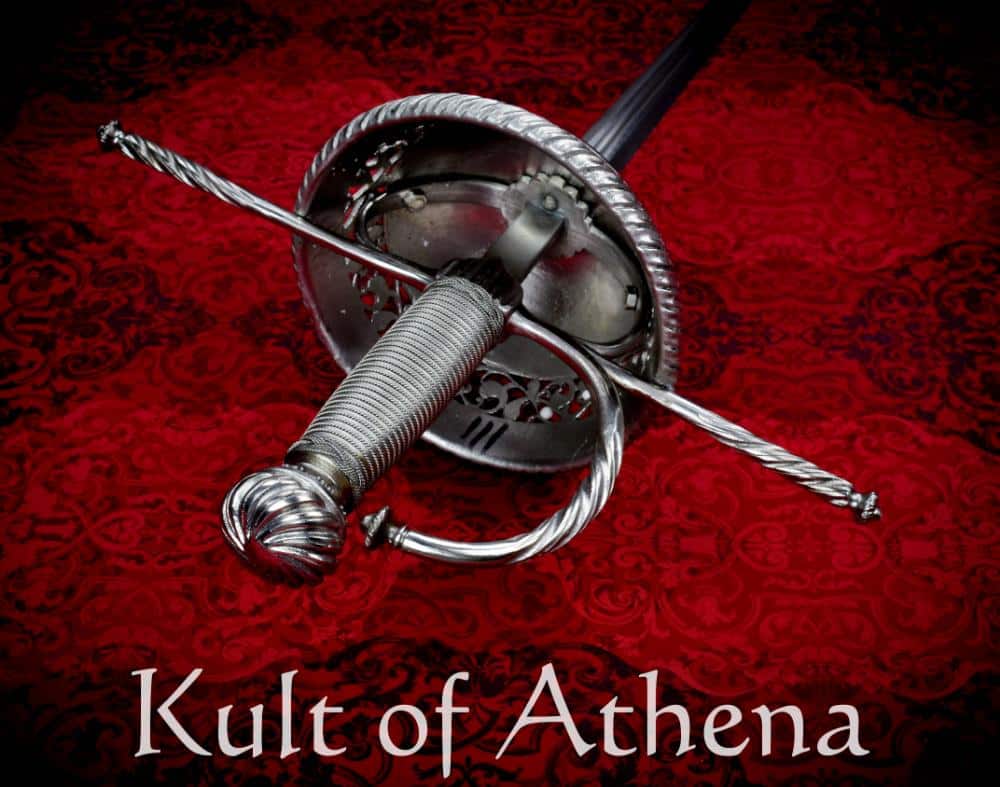
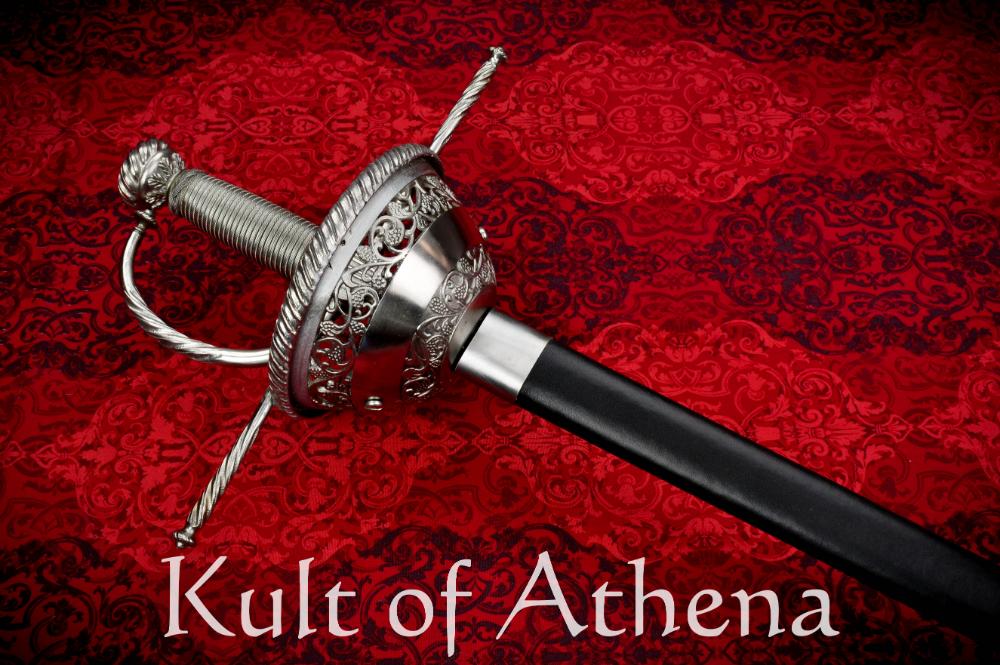
Will Lowry (verified owner) –
Without completely destroying this I can say that it handles like what I would expect a genuinely historical one to behave- not that I would destroy one of those, but, still. The dimensions are appropriate to be like one from history.
Gavin Holman (verified owner) –
This is a review of a Standard Grade Tizona.
For the most part, decently made, though some modest handling without any hard hits to any objects caused the wire wrap to slightly loosen and start to wiggle along the handle, this was easily fixed with super glue and a disposable brush but it’s a bit disappointing to see from such an otherwise pretty sword at this price point.
The actual blade has a bit to be desired, though it came sharp and sturdy with just the right amount of flex, the tip is unevenly ground and has a visible secondary bevel along its back edge for a half centimeter or so, as though someone quickly took a sander to it and wasn’t particularly caring about the angle it made. Additionally, the entire blade’s grind appears to be slightly biased on both sides, making the blade look like it’s been slightly twisted clockwise relative to proper alignment with the handle, this makes cutting slightly more difficult especially the lower down you get with the edge.
The various casted fancy bits are somewhat rough with a lot of minor casting imperfections like small protrusions, bridges, bits where there wasn’t particularly thorough cleaning work done or someone went too hard with a sander and ground out any detail that might’ve been there, but there aren’t any massive voids or cracks that would impact the durability or functionality that I can see.
The crossguard tines came bent slightly upwards on one end and slightly sideways on the other (I had to look down them lengthwise from both perspectives to notice the sideways bend, but the upwards one was obvious from a glance), but what’s more concerning is that I could bend them into shape rather easily, I think a harsh strike to the tines might cause them to bend, but it would have to be a hard hit in a stiff grip. The ricasso and the crossguard portion that meets it come a bit hard-edged, you may want to take some sandpaper to them and knock them down slightly or use gloves when practicing or playing.
In summation: lots of small cosmetic issues but nothing ridiculous, the wire wrap is likely held in place almost entirely by glue and isn’t very well tensioned on the wood core, but can be fixed with some clear glue or epoxy should it come loose. The blade came with a very uncentered edge that looks in some spots like its almost chisel ground relative to the alignment it should be. I will note that this is the second Tizona I have ordered from KoA, the first one during its initial stock I bought was a blemished grade that had a totally unspooled wire wrap upon arrival. Thankfully KoA agreed with me that it was a defect that didn’t meet the criteria of blemished grade and allowed me to refund the item. However, I can say I did inspect the other features and remember them having similar issues in regards to the rough casting cleanup, but the blade on that first example was more well done, so it seems like my current piece just got a wonky blade that is otherwise functional and sturdy, your results may vary but I would say you have the highest likelihood of getting a functional item with a fair amount of very small cosmetic issues.